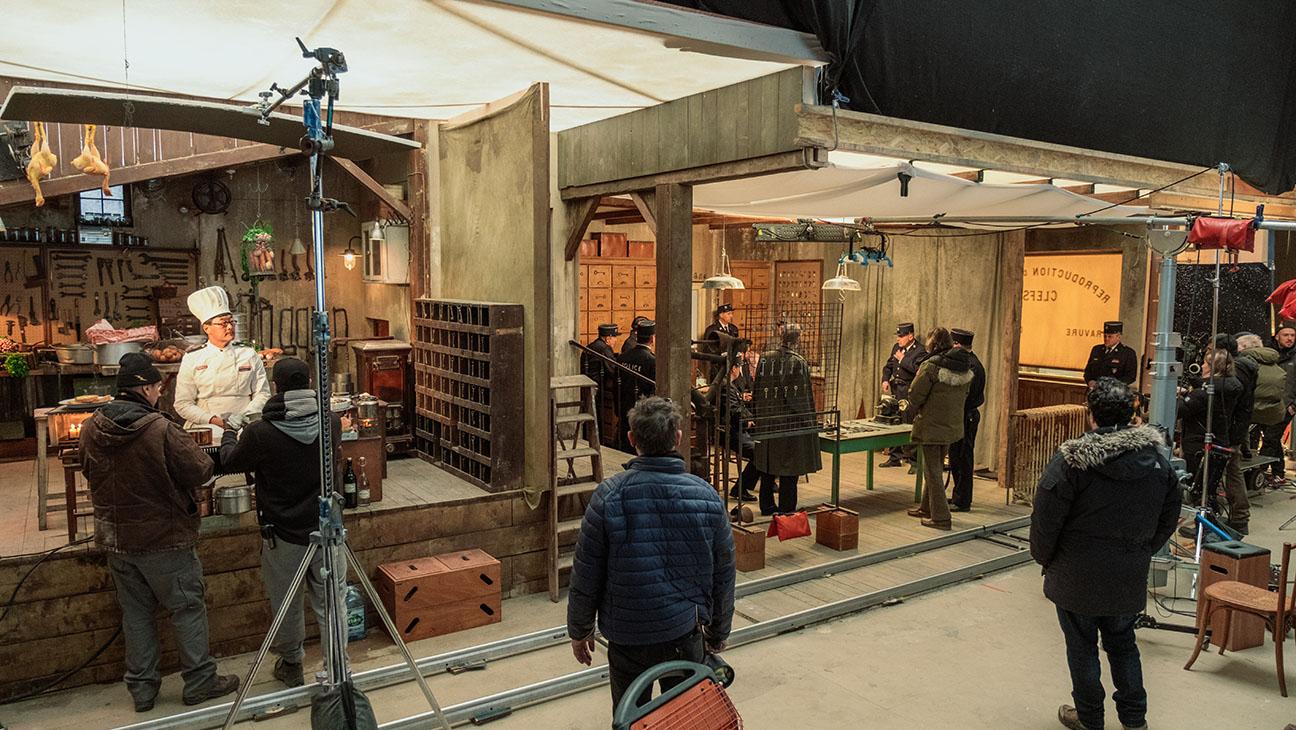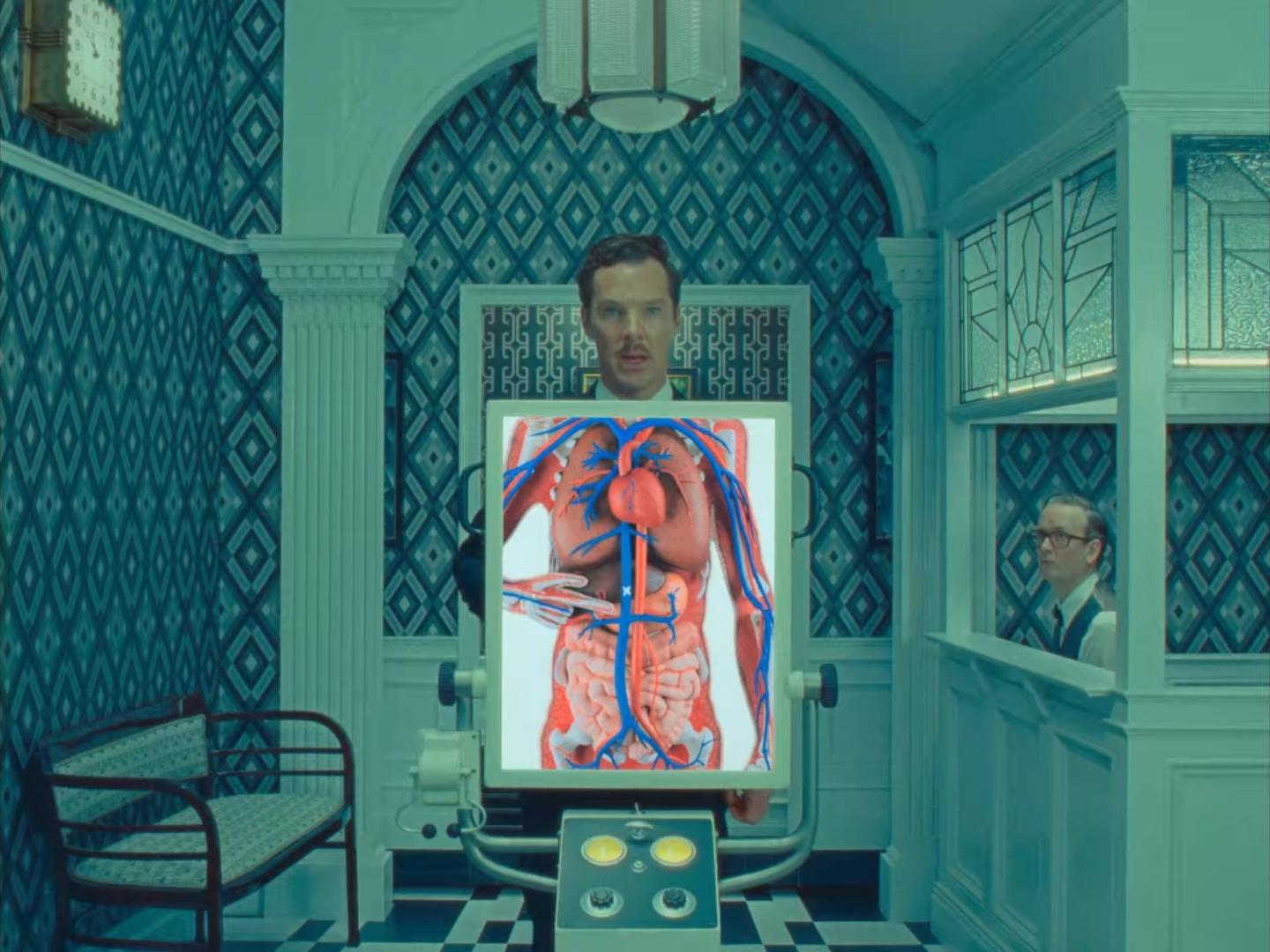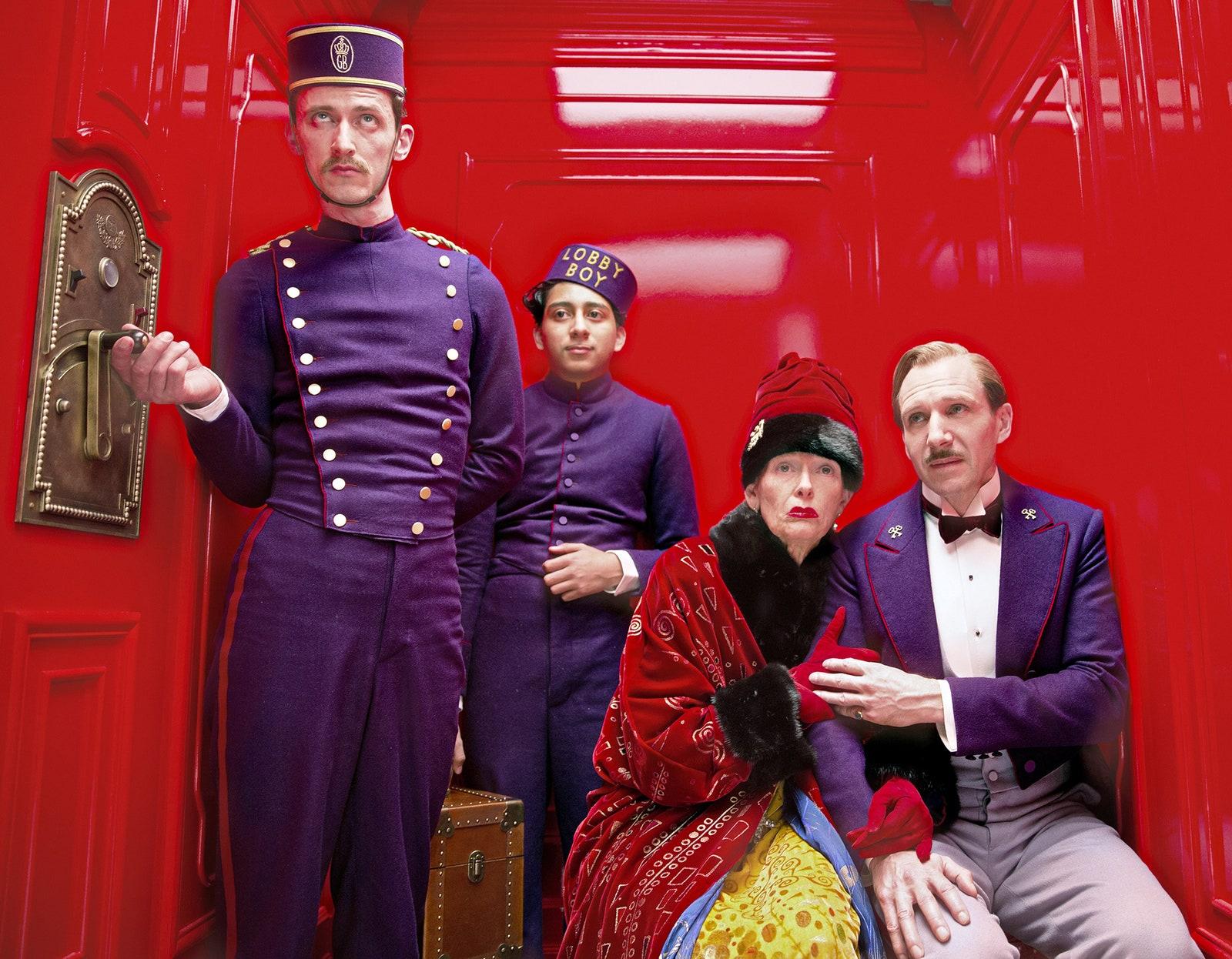Wes Anderson, a name synonymous with distinctive visual storytelling, has carved a niche in contemporary cinema through his unmistakable aesthetic. Characterized by symmetrical compositions, vibrant color palettes, and meticulous attention to detail, Anderson’s films transport audiences into meticulously crafted worlds that balance whimsy with poignancy. This unique visual style not only distinguishes his work but also influences filmmakers and visual artists across the globe. By dissecting the elements that define Anderson’s cinematic approach, this article explores how his visual techniques have left an indelible mark on the film industry, inspiring a new generation of storytellers to embrace originality and precision in their creative endeavors. Through an analytical lens, we will delve into the components of Anderson’s style and examine its broader impact on the evolution of visual storytelling in cinema.
Influence of Symmetry and Color Palette in Wes Andersons Films
Wes Anderson’s films are renowned for their meticulous attention to detail, particularly in their use of symmetry and color. These elements are not mere aesthetic choices but serve to enhance the storytelling, evoke emotion, and create a distinctive world that is unmistakably Anderson’s. The symmetry in his compositions provides a sense of order and balance, drawing viewers into a meticulously crafted universe where every element feels intentional. This symmetry often mirrors the internal lives of his characters, who are frequently seeking harmony in their chaotic worlds.
- Color Palette: Anderson’s use of color is equally deliberate. Each film employs a unique palette that contributes to the narrative and emotional tone. For example, the muted pastels in The Grand Budapest Hotel evoke nostalgia and whimsy, while the vibrant hues in The Life Aquatic with Steve Zissou bring a playful and adventurous spirit.
- Emotional Resonance: The strategic use of color often underscores the emotional states of characters, providing visual cues that deepen the viewer’s connection to the story. The consistency in color schemes throughout his films creates a visual language that is both instantly recognizable and deeply resonant.
In essence, Anderson’s commitment to symmetry and color not only defines his unique visual style but also enriches the cinematic experience by offering a deeper, more immersive storytelling approach. This has had a significant impact on contemporary cinema, inspiring filmmakers to explore how visual elements can be used to enhance narrative depth and emotional engagement.

Role of Set Design and Costuming in Crafting Andersons Aesthetic
Wes Anderson’s films are instantly recognizable, largely due to their meticulous set design and costuming. The director’s aesthetic is defined by a combination of symmetry, bold color palettes, and vintage influences that evoke a sense of nostalgia. Each element within a scene is carefully curated to complement the narrative, creating a cohesive visual language that enhances storytelling. This attention to detail in set design often blurs the line between reality and fantasy, immersing audiences in a world that feels both familiar and otherworldly.
Costuming plays an equally pivotal role in Anderson’s visual storytelling. Characters are often dressed in attire that reflects their personality, mood, or social status, making costumes an extension of character development. From the iconic red beanies in “The Life Aquatic with Steve Zissou” to the vintage school uniforms in “Rushmore,” each outfit is selected to resonate with the film’s era and emotional tone. These elements combined allow Anderson to create a distinct aesthetic that is not only visually appealing but also deeply integrated into the narrative fabric of his films.
- Symmetry and balance: Anderson’s scenes are meticulously composed, often resembling a meticulously crafted diorama.
- Color palettes: Use of pastel hues and primary colors to evoke specific emotions and time periods.
- Period-specific design: Sets and costumes often nod to the mid-20th century, enhancing the timeless quality of his films.

Narrative Techniques and Quirky Characters in Andersons Storytelling
Wes Anderson’s films are renowned for their distinctive narrative techniques and the unforgettable, quirky characters that populate his cinematic worlds. Anderson’s storytelling often employs symmetrical framing, pastel color palettes, and meticulous set designs, but it is the depth and idiosyncrasy of his characters that breathe life into these visual spectacles. His narratives frequently unfold in a manner akin to a storybook, with the use of chapter headings and voiceovers, creating a whimsical yet structured storytelling framework.
- Character Complexity: Anderson crafts characters that are both exaggerated and deeply human, often depicting them with eccentric traits that highlight their vulnerabilities and strengths.
- Quirky Ensemble Casts: The films often feature large ensembles where each character is given a distinct personality, contributing to the film’s overall tapestry.
- Dialogue and Delivery: The dialogue is sharp and often delivered with a deadpan tone, which enhances the comedic and dramatic elements of the narrative.
These narrative techniques and character portrayals challenge conventional storytelling, inviting audiences to engage with the film on multiple levels. By merging visual artistry with unique character development, Anderson not only entertains but also invites viewers to ponder the complexities of human nature and relationships.

Impact of Wes Andersons Visual Style on Modern Filmmaking
Wes Anderson’s distinctive visual style has significantly influenced modern filmmaking, carving out a niche that combines meticulous symmetry, vibrant color palettes, and whimsical set designs. His approach has inspired a generation of filmmakers to prioritize visual storytelling, emphasizing the importance of aesthetics in narrative development. Anderson’s use of symmetry and balance challenges traditional cinematography, encouraging directors to consider the impact of visual harmony in conveying emotion and theme.
- Color Theory: Anderson’s bold use of color has led filmmakers to explore the emotional resonance of hues, integrating specific palettes to enhance mood and character.
- Quirky Set Designs: His intricately detailed sets have encouraged a trend towards more immersive and imaginative environments, where every element serves a purpose in storytelling.
- Unique Framing Techniques: Anderson’s penchant for centered compositions and wide-angle shots has become a hallmark of visual creativity, prompting directors to experiment with framing for dramatic effect.
These elements collectively influence how stories are visually constructed, offering audiences a richer, more engaging cinematic experience. As a result, Anderson’s style has not only reshaped aesthetic priorities in filmmaking but has also sparked a broader dialogue about the interplay between art direction and narrative in contemporary cinema.
